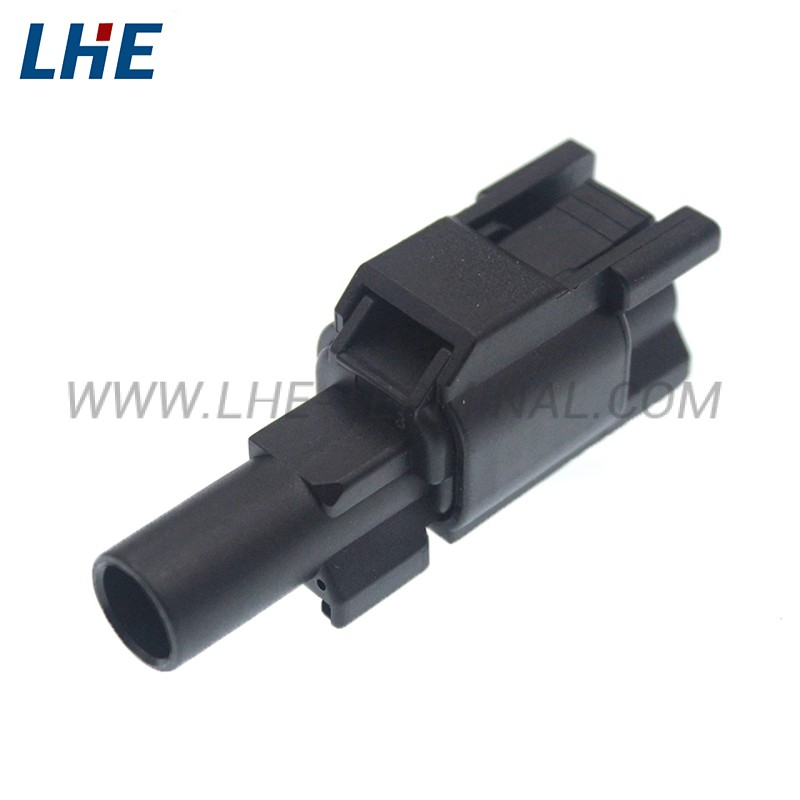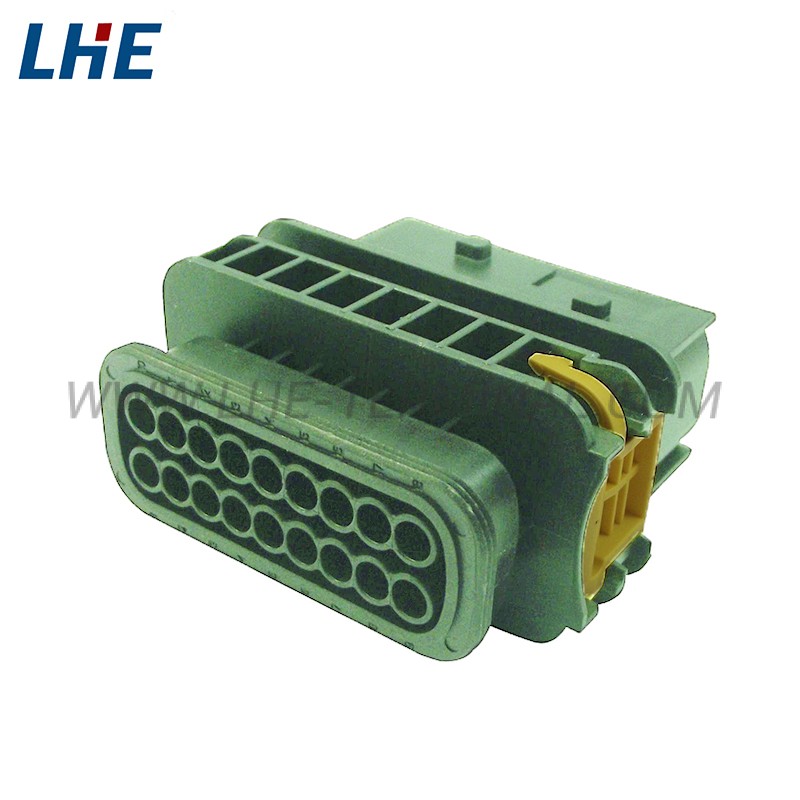Modularization stage: An ECU is responsible for a specific function, such as a controller for the lights on the car, a controller for the doors, and a controller for the keyless system. This architecture becomes increasingly complex as the vehicle’s functionality increases.
In the integration stage, a single ECU is responsible for multiple functions, and the number of ECUs is reduced compared with the previous stage. In these two stages, the automotive electronic and electrical architecture is still in the distributed stage, and the integration of ECU functions is low.
Functional domain control stage: Functional domains are domain controllers divided according to functions. The most common ones are the five functional domains divided by Bosch (power domain, chassis domain, body domain, cockpit domain, and automatic driving domain). The domain controllers are connected through Ethernet and CANFD (CAN with Flexible Data Rate). Among them, the cockpit domain and the autopilot domain have to deal with a large amount of data, and the demand for computing power is gradually increasing. The powertrain domain, chassis domain, and body domain mainly involve control command calculation and communication resources, and require relatively low computing power.
Cross-domain integration stage: On the basis of functional domains, in order to further reduce costs and enhance coordination, cross-domain integration appears, that is, multiple domains are fused together and controlled by a cross-domain control unit. For example, the power domain, chassis domain, and body domain are merged into the vehicle control domain, thereby transitioning five functional domains (automatic driving domain, power domain, chassis domain, cockpit domain, and body domain) to three functional domains (automatic driving domain , smart cockpit domain, vehicle control domain).

















